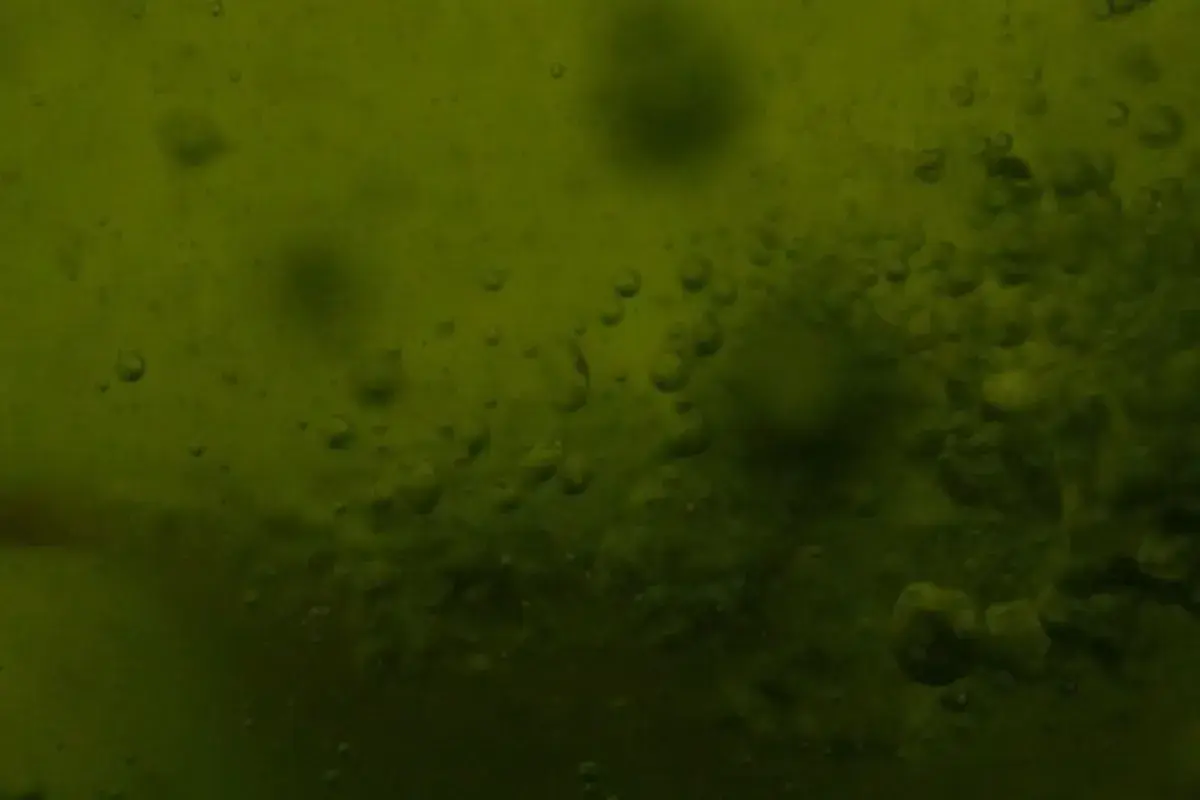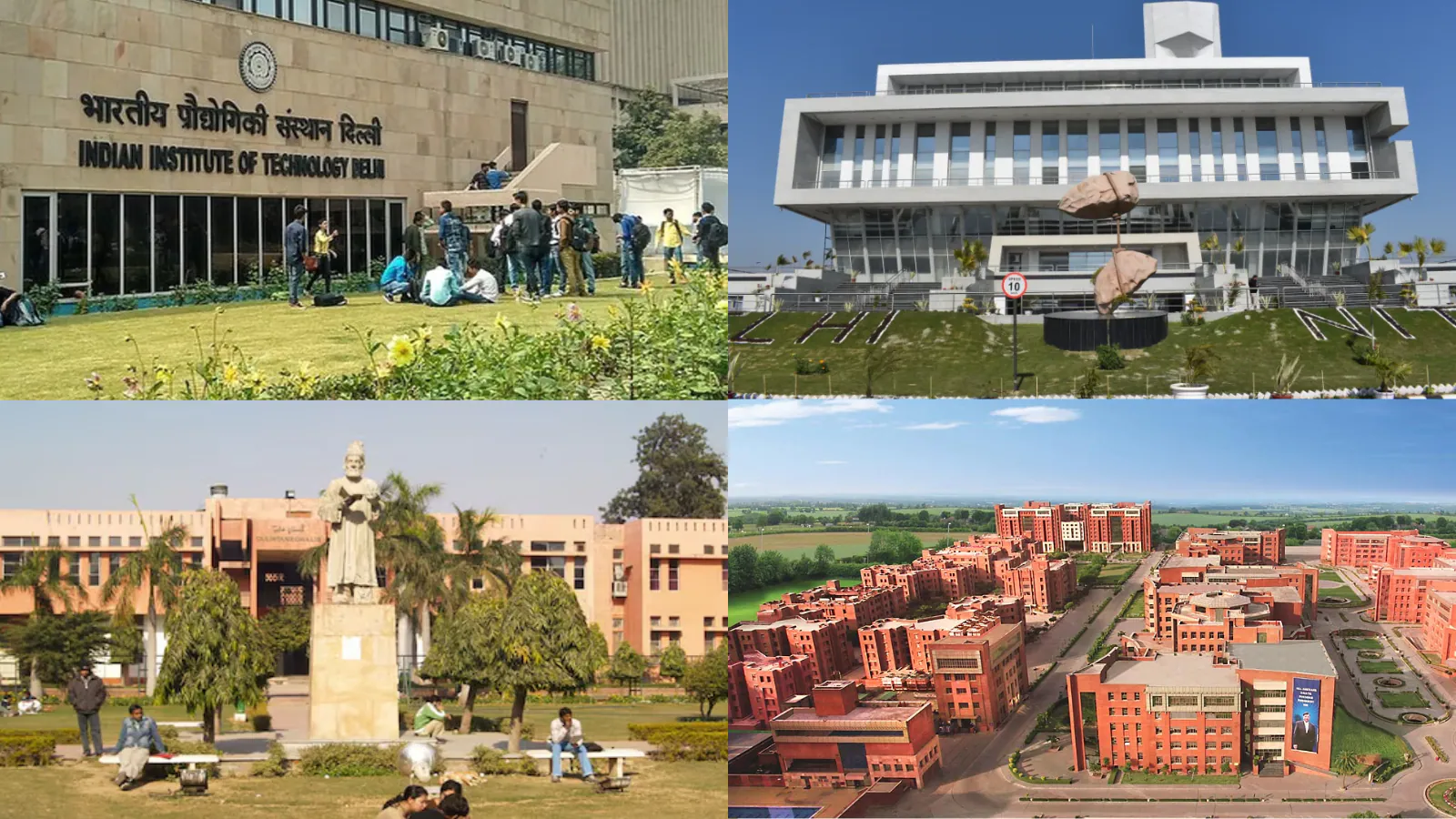
Scientists believe they have solved the centuries-old mystery behind will-o’-the-wisps—the “ghostly” blue flames sometimes seen at night over marshes, wetlands and even cemeteries.
Also known as ignis fatuus, previous research has suggested that will-o’-the-wisps result from cool flames of methane, “where low-temperature oxidation leads to blue–violet chemiluminescence,” as the researchers put it in the study.
While swamp gas is known to contains methane released from decaying organic matter, questions remain as to how the gas can spontaneously ignite at ambient temperatures. The activation energy required for methane oxidation is “far too high for passive initiation in nature,” the scientists said.
However, in their experiments, the team have found that spontaneous electrical discharges dubbed “microlightning” can occur between rising methane-containing microbubbles in water—offering “a natural ignition mechanism.”
According to the team, the microscopic bubbles can spontaneously generate and release surface charge. They believe that similar discharges may occur between tiny droplets of water—providing the energy needed to ignite methane to form a will-o’-the-wisp.
In their experiments, the scientists tested introduced methane–air bubbles into water via a submerged nozzle.
Under dense bubbling conditions, brief, sub-millisecond flashes were observed between adjacent bubbles. These brief emissions were captured using high-speed imaging, photodiode detection, and photon-counting devices. Emission spectra, temperature monitoring, and mass spectrometry were used to track any chemical and thermal changes during the experiment.
The study found that “these discharges initiate nonthermal oxidation of methane, producing luminescence and measurable heat under ambient conditions.”
The scientists concluded that the latest discovery “supports a long-suspected link between electrified interfaces and spontaneous cool flames, and it provides a physically grounded explanation for the occurrence of ignis fatuus.”
They continued: “More broadly, our findings demonstrate that transient electrical discharges at gas–water interfaces can mediate redox chemistry, expanding the role of interfacial phenomena in natural and engineered systems.”
Do you have a tip on a science story that Newsweek should be covering? Do you have a question about will-o’-the-wisps? Let us know via science@newsweek.com.
Reference
Meng, Y., Xia, Y., Xu, J., & Zare, R. N. (2025). Spraying of water microdroplets forms luminescence and causes chemical reactions in surrounding gas. Science Advances. https://doi.org/10.1126/sciadv.adt8979



